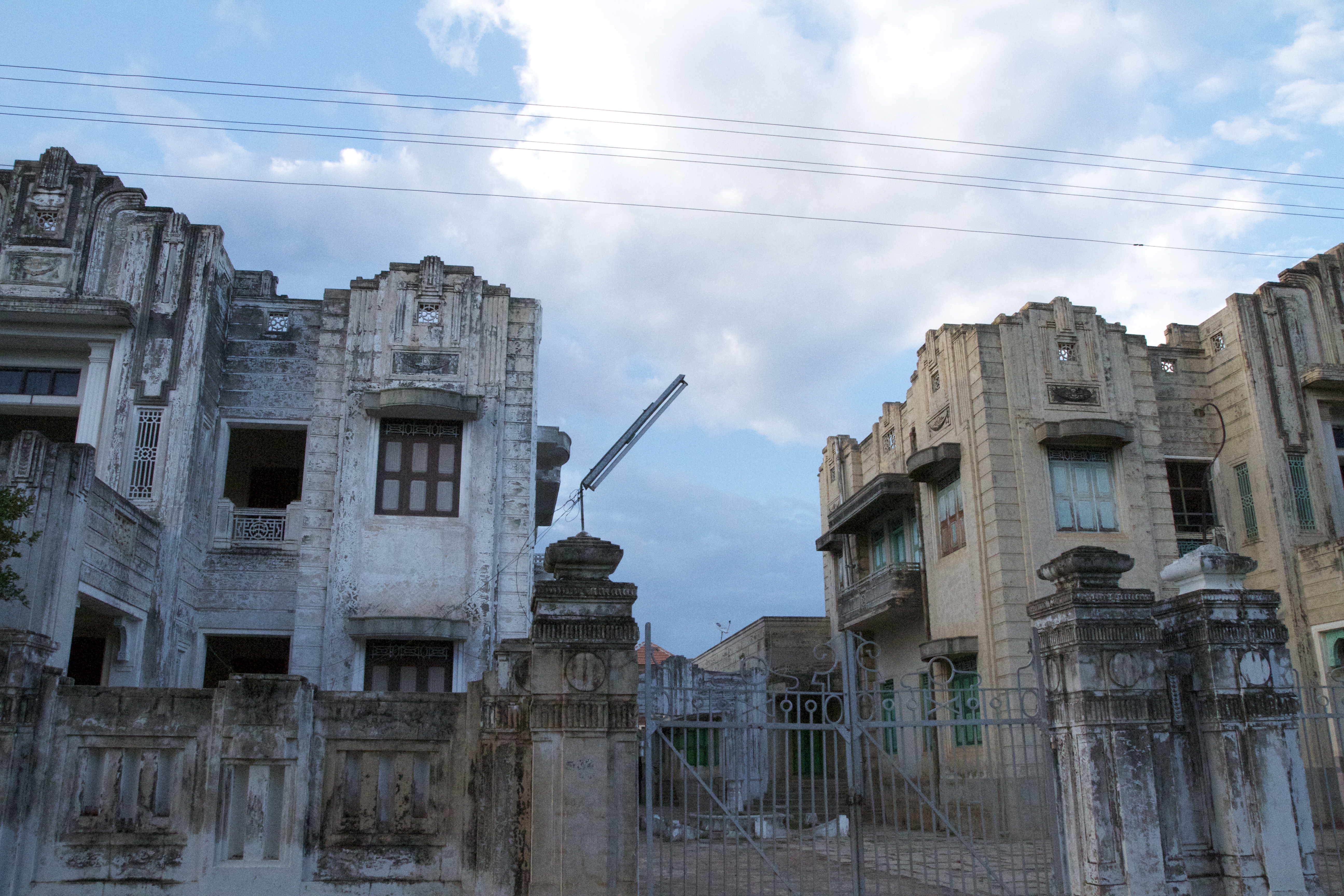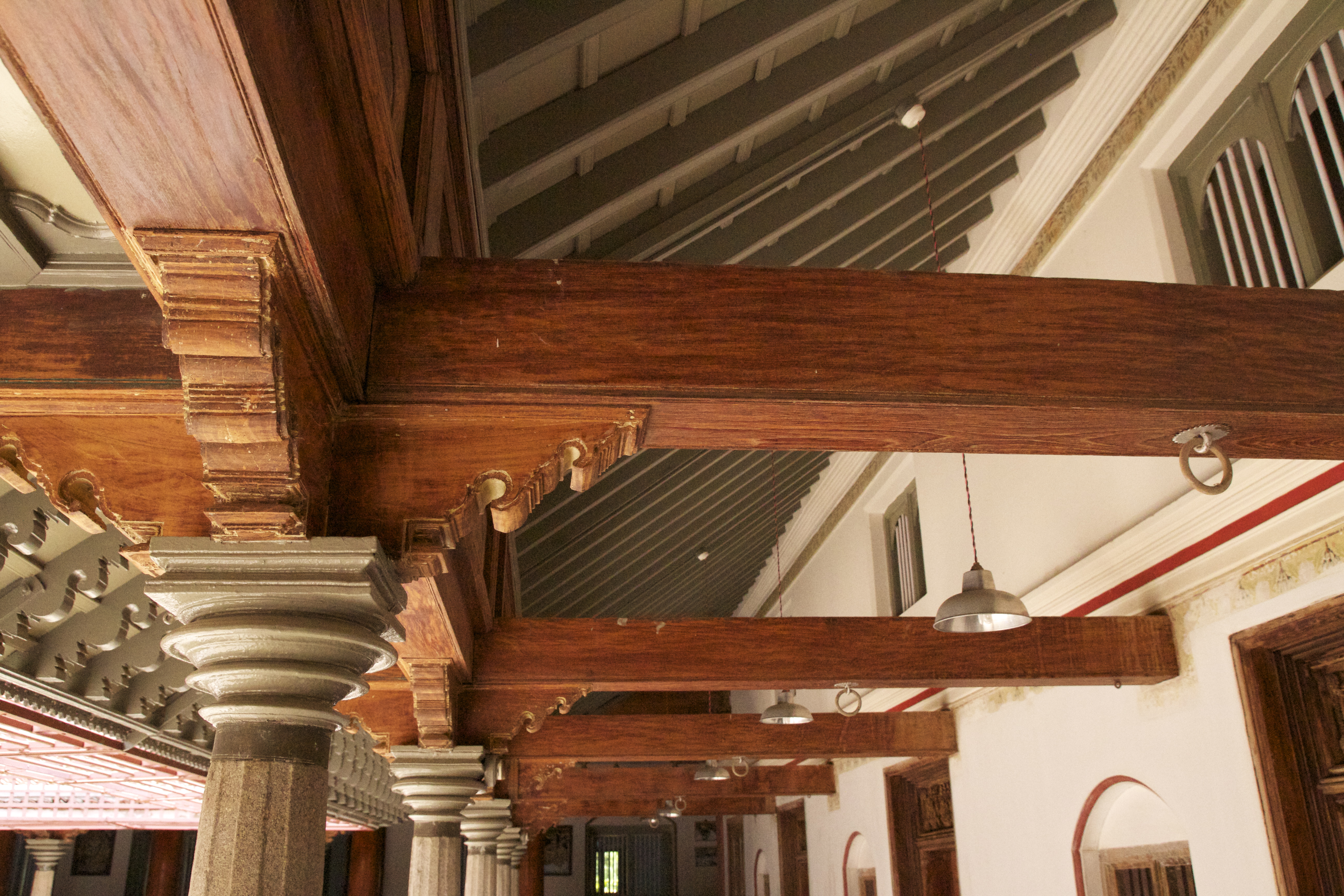By Sunil Amrith
A recent trip down the Tamil Nadu coast took me further inland, to the heart of Chettinad. The Chettiars of this region once had a commercial empire that stretched from their arid corner of the Tamil plains to Rangoon, Penang, Singapore and Saigon.
In the early-twentieth century, Chettiar agents could be found in every small village in Burma, and they were the main bankers to Burmese rice farmers. Young men from this tight-knit community moved constantly back and forth across the Bay of Bengal. The usual pattern was three years in Burma, and then a period of “home leave.”
Rangoon was the heart of their commercial empire. The main Chettiar temple on Mogul Street was a clearing-house of information. Every week, the community’s elders met to set interest rates and discuss strategy. Chettiar merchants left their mark on the landscape of Southeast Asia’s port cities, not least in the impressive temples they built. The Tank Road temple in Singapore is one of many.
 But for the most part, the vast profits of an Asian banking empire were ploughed back into the heart of Chettinad. The most successful Chettiars built palaces for their families, and no expense was spared. They combined a traditional layout (the houses were built around a series of courtyards) with new global fashions, sometimes to stunning effect.
But for the most part, the vast profits of an Asian banking empire were ploughed back into the heart of Chettinad. The most successful Chettiars built palaces for their families, and no expense was spared. They combined a traditional layout (the houses were built around a series of courtyards) with new global fashions, sometimes to stunning effect.
It ended badly. When the depression hit in the 1930s, Burmese cultivators could not pay back their loans, and the Chettiar banks took over their mortgaged lands. Unsurprisingly, local people resented the Chettiars as exploiters; one witness to a British commission of enquiry described the bankers as “fire-breathing dragons” that “parched” the lands they moved through. In Burma, as everywhere else in Asia, nationalism was on the rise.
When Japanese bombs started to fall on Rangoon in December 1941, many of the city’s residents panicked and tried to leave in search of safety. The racial discrimination at the heart of colonial rule was laid bare—the departing British monopolised places on the last departing ships; Anglo-Indians had second preference. Only very wealthy Indian merchants managed to buy their way out. Well over a hundred thousand others left for India on foot, walking through the mountain passes to Assam. It was a formidable journey. Malaria, dysentery and exhaustion condemned tens of thousands to their deaths.
Amitav Ghosh writes movingly about the journey of Indian refugees from Burma in The Glass Palace, and on his blog he has recently published an interview with Dr Krishnan Gurumurthy, a survivor of the march. The exodus was also, famously, portrayed by the iconic Tamil film of 1952, Parasakti—the story of a Rangoon-based Tamil family separated by the war. Many of the Chettiars who left Burma in 1942 never returned. As Burma gained independence, the new government passed laws to restrict Chettiar’s landholdings and limit their lending.
Today, the villages of Chettinad are an evocative testament to vanished fortunes, and vanished worlds. Walking through the empty streets of the village of Kanadukathan in the evening light, we saw many mansions in a state of decay. Hints of their old grandueur remain, but many have gone to ruin—the valuable interiors of many of these houses have been sold to collectors. Every single one of these houses, a local elder told me, spoke of fortunes made (and lost) in Burma, Malaya, or Vietnam.
The households still inhabited are maintained by a few family members or staff while the rest of the family makes a living in Chennai or Madurai—or in the United States. “Burma, Singapore, Malaya,” one young man of the community said to me, “those were the places everyone went to. Now, they have jobs with IT companies and go the U.S.” The region remains at the heart of the community, though: most family weddings still take place in their home villages, wherever in the world the bride and groom now live.
We were fortunate to be able to stay at the Saratha Vilas, run by two tireless promoters of Chettinad’s heritage. In the small village of Kothamangalam, French architects Michel Adment and Bernard Dragon have restored a Chettiar house to perfection. Having worked at the highest international level as architects (they were involved with the design of the Beijing Opera House), their passion for the Chettinad region led them to settle here.
Saratha Vilas was built in 1905 by S.A.S. Subramanian Chettiar, a wealthy banker based in Malacca. Decorating the entrance hall are striking photographs of the family taken in a Chinese photo studio in Malacca: one of them shows the merchant posed in a rickshaw, pulled by a young Chinese man. Adment and Dragon have restored the house immaculately, based on a deep knowledge of and extensive research into the region’s architectural history. The house was once a flamboyant display of wealth; now it is stripped down to its essentials, spare in its elegance. It is stunningly beautiful.
Like other elite Chettiar houses, Saratha Vilas is ornamented with Burmese teak, tiles from Scotland, Italian marble, stained glass from Belgium. The juxtaposition reminded me of Penang, where Chinese merchants—who lived alongside, and were often business partners of the the Chettiars—built mansions of a similar grandeur. Their mansions combined influences in an equally distinctive way. Indeed, Penang has been successful as a ‘heritage tourism’ destination in part because of this architectural legacy.
You can read about the restoration of Saratha Vilas here. Adment and Dragon run an NGO, arche-s, that works to develop and preserve this architectural knowledge. Their longer-term goal is to seek recognition for Chettinad as a World Heritage Site.
As a historian I wonder what treasures lie in tin trunks within these Chettiar villages—family papers, account books, correspondence, photographs? One reason the Chettiars’ history has hardly been written is that we do not have the same kinds of material that historians of Chinese business have been able to use. Perhaps they are there, somewhere. They would be well worth preserving.




